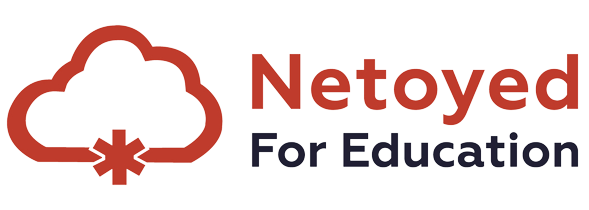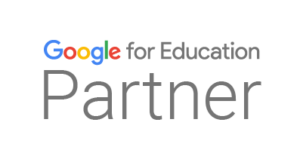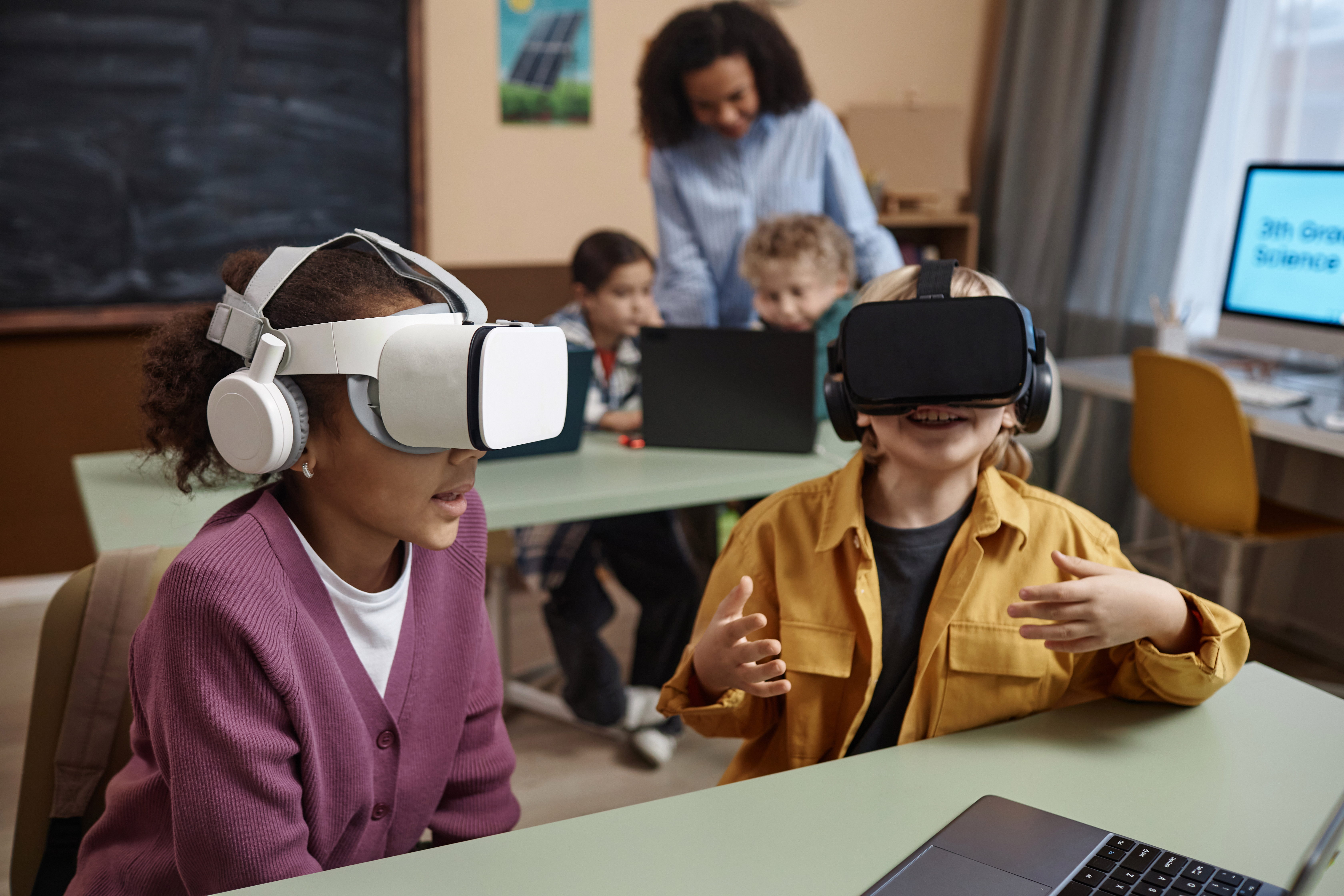Artificial intelligence is becoming a common tool in classrooms. It can change how students grasp their lessons and teachers teach. Many educators worry about misuse. However, schools can use AI in classrooms in a smart and safe way rather than worrying about. This approach turns risks into opportunities for better learning and skill development.
AI as a Learning Partner
The main idea is to treat AI as a partner, not a shortcut. Students should use AI to support their thinking. AI can explain concepts, give examples, and suggest resources. This helps students understand topics deeply. It also encourages critical thinking. Students learn to solve problems on their own.
AI can adjust to individual learning styles. Some students need more practice. Others grasp ideas quickly. AI can provide personalized guidance. Students can work at their own pace. This keeps everyone engaged and prevents anyone from falling behind.
Improving Research and Creativity
AI can make research easier and faster. Students can gather information, analyze data, and find patterns. They spend less time on routine tasks. This leaves more time for interpretation and drawing conclusions.
AI in classrooms also encourages creativity. It can suggest ideas, provide prompts, and help with brainstorming. Students explore new perspectives. They produce original work while learning how to organize their thoughts. This improves both creativity and communication skills.
Supporting Teachers
AI benefits teachers as well. It can help create lesson plans and identify learning gaps. Teachers get insights into student performance. This allows them to spend more time mentoring students. AI can also reduce repetitive tasks. Teachers can focus on guiding and supporting students.
Teachers can monitor how students use AI. This helps them give targeted feedback. AI becomes a constructive tool, not a replacement for teaching.
Promoting Ethical AI in Classroom Use
Clear rules are essential for AI in classrooms. Schools should emphasize originality and proper attribution. Students should see AI as a tool for support. It is not a replacement for thinking. Ethical use discussions help create a culture of integrity.
Practical exercises are effective. Students can combine AI suggestions with their own analysis. This teaches them how to evaluate and improve AI outputs. They learn that technology and personal effort work best together.
Time Management and Well-Being
AI can help students manage time efficiently. Digital planners, reminders, and study schedules can guide their day. AI can also support reflection. Students learn to track study habits and reduce stress. This helps them stay motivated and focused.
Balancing learning and well-being improves overall student performance. AI can provide guidance without replacing human judgment. Students gain skills in managing both workload and wellness.
Preparing Students for the Future
AI literacy is essential for the modern world. Using AI in classrooms prepares students for higher education and future careers. They learn to use tools wisely. They also develop problem-solving and creative thinking skills. Students gain digital skills that will be useful in life and work.
Schools also show parents and administrators that AI is being used constructively. It enhances learning outcomes, encourages innovation, and maintains academic standards.
Practical Steps for Smart AI Use
- Start small – Introduce AI through structured activities.
- Train teachers – Help them integrate AI into lessons.
- Set clear rules – Focus on responsible and ethical use.
- Encourage reflection – Ask students to explain AI suggestions.
- Measure outcomes – Use AI to improve understanding, creativity, and research skills.
Turning AI into a Tool for Growth
The smart way to use AI is to make it a learning partner. It should never be a shortcut. Thoughtful AI use improves learning, creativity, and efficiency. Students and teachers benefit equally.
Ethical guidelines and hands-on exercises create a culture of integrity. Students learn to combine technology with their own thinking. This prepares them for higher education and future careers.
Schools that guide AI use well turn classrooms into spaces of innovation. AI can enhance learning without compromising standards. The focus must remain on student growth, skill development, and academic integrity.
When used correctly, AI is a powerful tool. It supports teachers and empowers students. Schools can stay ahead of technological trends. Students gain meaningful skills for the future.




 1st Floor, H-31, Sector 63,
1st Floor, H-31, Sector 63,
I enjoyed reading this article. Thanks for sharing your insights.